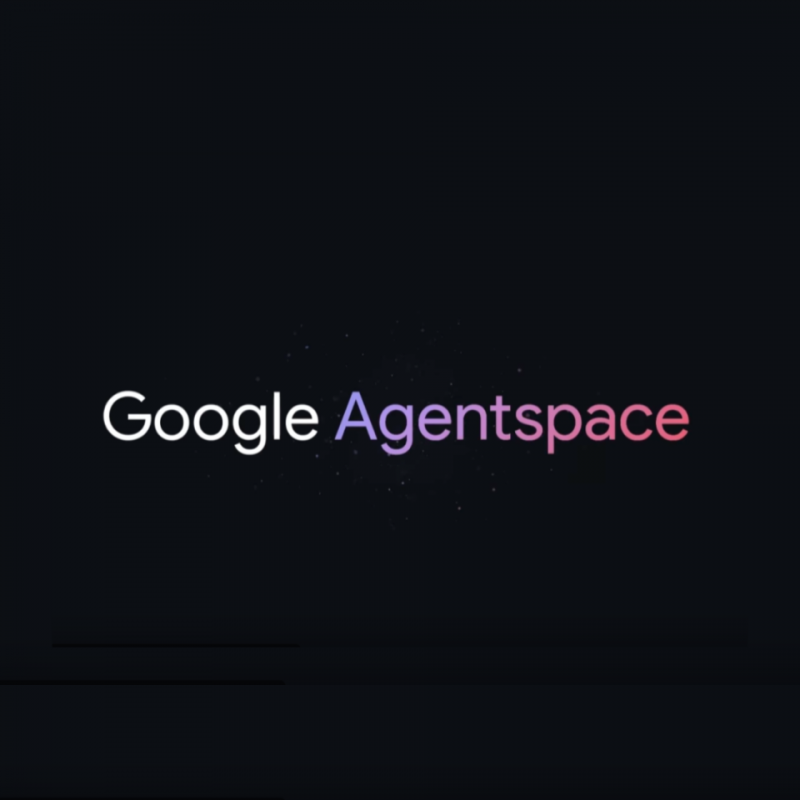If you go to a large hardware store, call a telecom provider’s help desk, or visit a national retail chain, and ask a complicated question about a specific product, chances are, the employees won’t have a hyper-nuanced or detailed answer by heart and will have to look it up in the system. This isn’t surprising. The amount of information available within these types of companies is enormous. What’s more, turnover rate in personnel is high, and employees need a lot of time and training to master all the facts and nuances there are to know about a company’s products or services.
Organizations need to secure a significant deal of information within knowledge platforms or other digital reference systems to operate well. However, looking up information is often far from a seamless process. Moreover, if you as an employee are not very experienced, or the system in question is not very cleverly designed, your search will most likely fail. In the worst-case scenario, customers end up either misinformed or uninformed, making it difficult for them to gain confidence in your brand. At best, customer conversations last unnecessarily long, where wait times and productivity take a hit.
Substandard information availability costs a fortune
Companies with more than 100,000 employees suffer an average of $62.4 million in damages per year because of poorly informed employees. These are direct damages in the form of lost sales due to the employees’ inability to properly serve their customers. The indirect damage from poor information availability is even more extensive: Fortune 500 companies lost an average of $1.2 billion per year in 2019 due to poor communication and substandard information availability.
This problem extends to staff such as account managers and inside sales representatives who are unable to find the right information at the time it’s needed in their customer interaction. Information is scattered throughout a variety of systems and documents – a jumble in which a significant portion of staff simply cannot find their way, day after day.
Not an information problem, but a communication problem
Information that a customer asks for often does exist somewhere within the organization. However, employees do not always manage to fish this knowledge out of the system and deliver it to the customer in time, if at all. It’s a problem about communication, not information.
Any company that grows from a few dozen to a few hundred employees, or even beyond, faces this internal communication problem: How do we get information from all our departments to “the front end”? How can we bring the information to the account managers and salespeople with the customer contact?
Internal AI creates order out of chaos at a stroke
To solve this communication problem, companies are now investing a lot of time and money in employee training,coaching and improvements when it comes to internal information systems. They implement new search engines, develop training modules to teach staff how to deal with knowledge bases and then have those staff coached on how to use them. However, this is often far from successful. This then results in a never-ending cycle due to continuous staff turnover.
The good news is that AI systems can now be designed to perform searches and deliver information like we’ve never seen, finally bringing order to the information chaos that riddles most organizations.
It’s worth noting that “internal AI” differs from external AI in three ways:
- They have access to your internal information systems and data, where you choose which data can and cannot be accessed by the system;
- You can limit where they get their further knowledge from, and so they cannot get their input from competitors or other undesirable sources;
- They can only be used by in-house employees, and not by external parties or customers.
Your digital colleague: Internal AI that self-learns within the walls of your organization
Internal AI systems can be implemented as a questioning tool for employees, as a chatbot. See it as a digital colleague who literally knows everything. You can ask it anything you want about your organization, and the system searches across all the internally available information for the right answer. Such a chatbot or “digital colleague” must then also immediately inform the employee of the answer’s location or source, so that their answers can be verified.
Internal AI systems, however, go a step further than just a flat query tool. They are self-learning. And they learn exclusively within the walls of your organization. In the back end, you can track all the questions being asked of the chatbot and the quality of the answers that are returned. You can use those insights to further fine-tune the system to meet the information needs of employees.
Employees can theoretically work much faster with a well-functioning internal AI system. It also extracts information from documents that may be written in a language they are less proficient in, making them more independent. According to McKinsey research, those who have access to functioning information and communication tools are also up to 25 percent more productive.
Success depends on adoption
The reliability of internal AI as an information source depends on the organization’s effective management of internal information flows. If the company’s internal information isn’t well-organized, the internal AI may not be a reliable source. The system must have one central place from which to draw, and the information contained there must always be correct.
Furthermore, an internal AI system can only help you as an organization tackling the internal communication problem if it’s supported by the entire organization. Employees must actively use it and also provide feedback on the operation of the system. If they don’t, the self-learning ability of such a system isn’t activated and its effectiveness evaporates. Employees must be willing to accept “teething problems” in the beginning and continue to help optimize the system during that period.
For this reason, it is imperative that everyone in the organization participates, which will then require change management. Should you get through that period successfully as an organization, then all signals are green to reap the benefits of internal AI. The thinking of “I should look that up” eventually turns into “I’ll just ask my digital colleague”.
A pivotal shift in how organizations work
The advent of internal AI systems marks a pivotal shift in how organizations manage their information. As we navigate the complex landscape of digital communication, Incubeta recognizes the importance of seamless internal information flow. While we may not directly specialize in internal AI systems support, the overarching principles of effective communication resonate with our company’s commitment to enhancing brand interactions.
In the digital realm, knowledge is power, and the success of how organizations use AI –inside and outside of their organization– hinges on internal adoption and active participation. There needs to be a collective commitment getting more proficient in the use and value of AI.
What could that look like for you? Check out how we’ve harnessed the power of AI to help our clients outperform:



